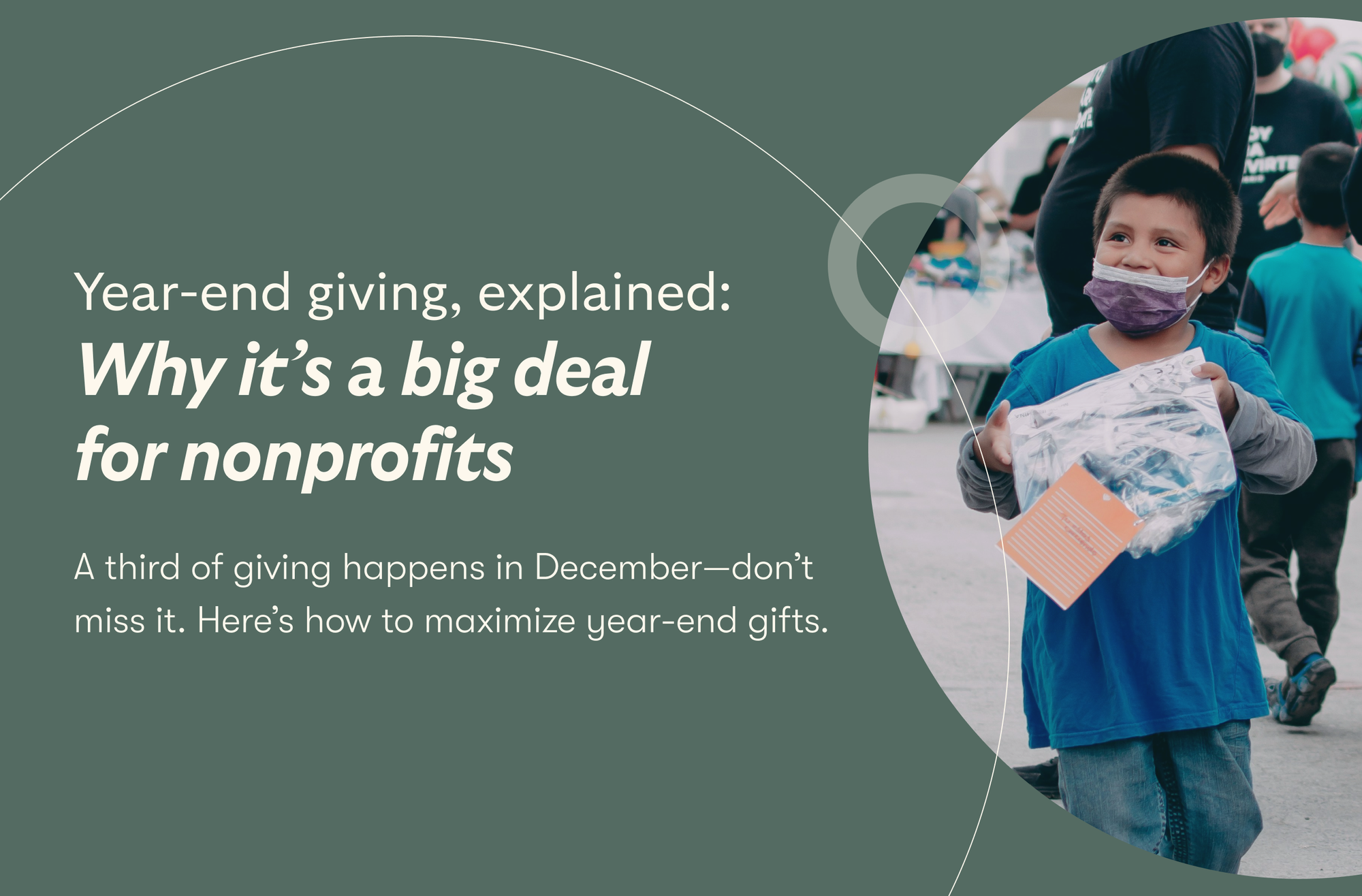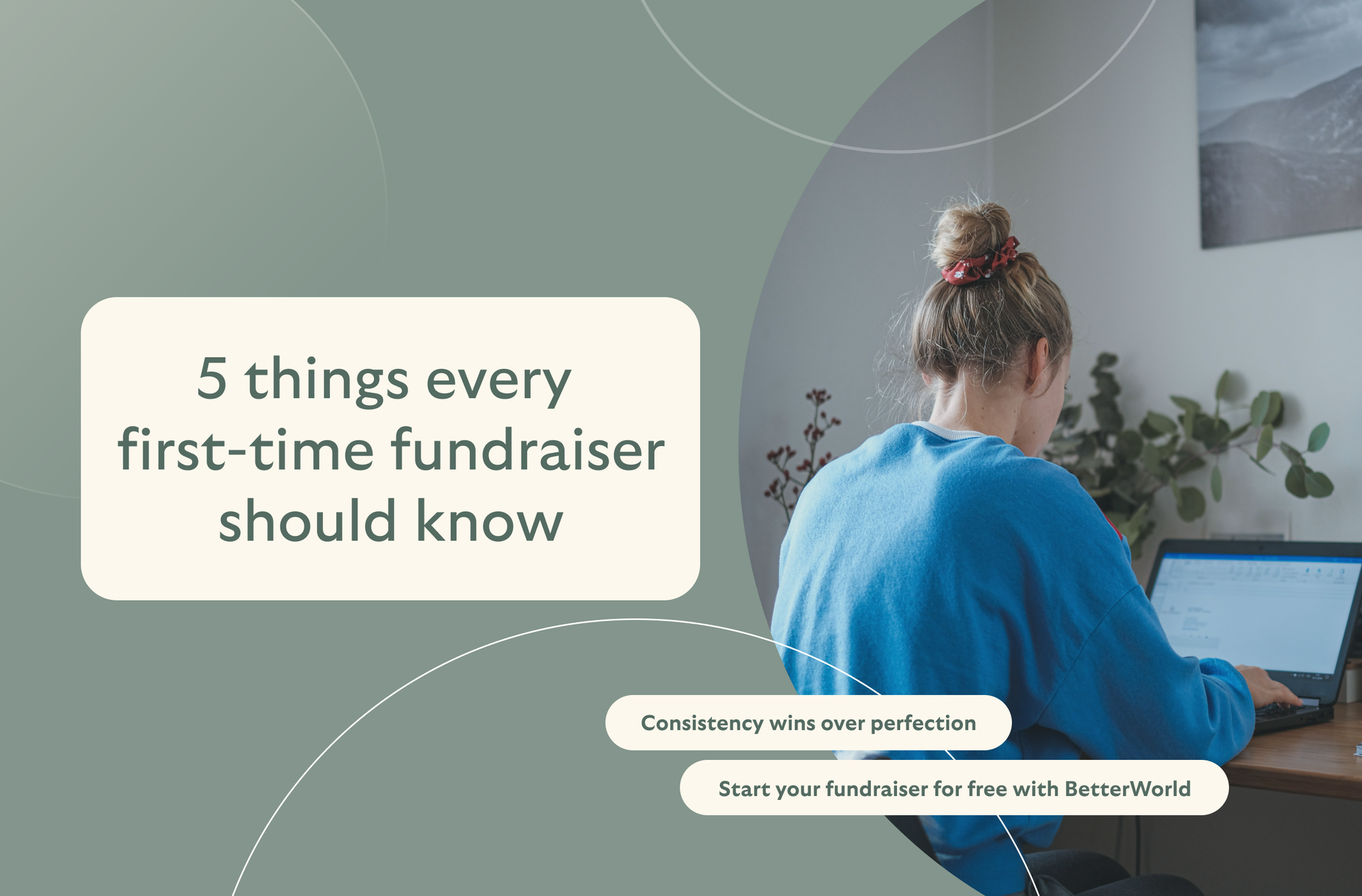Use high-quality consignment items from BetterWorld partners
Add important videos or live-streaming directly to your BetterWorld page
Save time by allowing donors to upload items directly to your auction
Automatically charge your winners, accept donations, and send receipts with one simple click.
How to Write an Speech for School Fundraising?
By Whit Hunter

It's important to master the art of writing a school fundraising speech for the success of your event. A well-written speech leads naturally to the ‘ask’ for donation in a way that sparks your donors’ interest.
Typical fundraising speeches just include a story about something meaningful before the big call to action. However, a school fundraiser speech can differ since your audience will include students, parents, alumni, and potential donors.
School fundraising speech should spell out the specific financial need and outline how the parents can get involved, along with a powerful story to create a bond between parents, donors, and the school.
This blog explores tips and tricks for writing a great speech for a school fundraising. Let’s start with the most basic and important element of the fundraiser: your audience.
Identify the Audience
Understanding and connecting with your audience is vital for a compelling school fundraising speech. Dig and discover what truly motivates them and what might hold them back from supporting your cause.
You can inspire them to take action and contribute by forging a genuine connection. Let your words resonate with their emotions and aspirations, creating a powerful bond that fuels their passion for your cause.
Tailor your message to each audience, showcasing the transformative power of their contributions.
For instance, if you’re dealing with parents, show them the direct impact of their contributions to their child's education, highlighting a nurturing and enriching learning environment.
To keep the alumni engaged, tap into their nostalgia and pride, showcasing how their support maintains and improves education quality, carrying forward the school's legacy.
Local community members could be motivated by emphasizing the positive impact of their donations, fostering educated citizens, economic development, and community well-being.
Lastly, to efficiently reach education advocates and philanthropists, connect with their passion for making a difference, demonstrating how their support bridges funding gaps, boost innovation, and empowers students.
With a targeted approach, your speech will resonate and generate the necessary support for successful school fundraising.
Research and Gather Information
After determining your target audience, next comes the thorough research and gathering relevant information stage as it is crucial for a compelling school fundraising speech.
Begin your research by collecting recent success stories from your previous school fundraisers to illustrate the impact of the donations. These stories will resonate with potential donors, showing them the transformative power of their contributions.
Gathering statistical data can take your speech significantly up a notch. Utilize up-to-date statistics and research findings highlighting your fundraising campaign's importance.
To get your point across effectively, you must fully understand your funding needs. Thoroughly research the funding needs of your school’s project, and don’t forget to emphasize transparency.
Communicate the areas requiring financial support and the costs associated with it. By incorporating all these elements into your speech, you can create a persuasive speech that inspires parents and potential donors to contribute to your school’s fundraiser.
Structure the Speech
Crafting a well-structured speech is vital for a successful school fundraising event. How you organize your ideas and deliver your message can make all the difference in engaging your audience and inspiring their support.
Let's structure the speech into three sections:
The First Section: Introduction
You should start your speech with a compelling opening to better capture the attention and hearts of your audience right from the start. Begin with a captivating story and a personal connection to the cause to draw the parents in.
This will immediately set the tone for a meaningful and memorable speech.
Establish Your Credibility
Now that you have your audience's attention, you should work to connect with your audience by sharing your school’s journey or experience with fundraising.
Let them know why this cause can impact the students and parents. Establishing your credibility and passion will create a genuine connection and build trust.
The Middle Section:
Clearly State the Purpose
The real speech starts here, where you make your purpose known. Clearly articulate the goal of your school’s fundraising campaign and how the funds will be used for the good future of the school.
This transparency helps your audience understand the direct impact their contributions can have, making them more likely to support your cause.
Use Stories and Examples
Bring your cause to life through heartfelt stories and relatable examples by sharing personal stories of the school’s previous fundraising efforts.
This humanizes your cause and creates an emotional connection, inspiring empathy and a desire to make a difference.
Ending Section:
Address Counterarguments
Acknowledge any concerns or doubts your audience may have and address them head-on by being honest and transparent in your responses. Simultaneously provide reassurance and share facts or success stories that address their concerns.
This builds credibility and trust, fostering a supportive atmosphere.
End with a Strong Conclusion
Leave a lasting impact with a powerful conclusion. Recap the key points of your speech, emphasizing the urgency and importance of their support. Issue a passionate call to action to urge your audience to take the next step in supporting your cause.
BetterWorld makes elegant fundraising solutions for students, parents & alumni
To help you better understand this, here is a sample speech for your guidance:
“Fellow students, alumni, parents, and passionate advocates of education, welcome.
Today, we gather here for a cause that sets our hearts on fire and fills us with purpose. I am honored to share a vision that reaches beyond these walls—a vision that can change lives and shape the future of our students.
Imagine a world where every child receives a quality education, where dreams are nurtured, and potential knows no bounds. That is the world we strive to build—one classroom, one scholarship, one opportunity at a time.
Together, we stand united in our mission to empower our students and unlock their full potential.
Let me take you on a journey—a journey that touches hearts and ignites passion. Meet Sarah, whose life was forever transformed by a scholarship that fueled her passion for science.
Through our efforts, Sarah emerged as a brilliant scientist, inspiring others with her accomplishments. Sarah's story is just one of many that demonstrate the transformative power of education.
Yet, challenges remain. Our classrooms lack resources, teachers need tools to inspire, and students crave growth opportunities. Today, we bridge these gaps, creating a nurturing environment that leaves no one behind.
I stand here not just as a speaker but as a believer—a believer in our students' resilience, educators' dedication, and your extraordinary generosity. Your contributions, regardless of size, unlock doors of opportunity, break barriers, and pave the way for success.
Stand with us on this noble journey—uniting our voices, resources, and unwavering commitment to education.
Together, we create a symphony of change, each contribution harmonizing a brighter future.
In closing, I extend my heartfelt gratitude for being part of this extraordinary journey. Let us be catalysts of transformation, champions of education, and beacons of hope for a brighter tomorrow.
Thank you for your unwavering support, belief in education's power, and commitment to creating a world where every student shines.”
Dos and Don'ts of Speech Writing
Do Use Humor and Personal Anecdotes to Connect With the Audience
Make sure to inject a funny anecdote in your speech so your speech doesn’t bore the audience. If your speech is too monotonous, it can increase the risk of losing their attention and cause them to zone out.
The speech concerns the audience and how you want to connect with them. Therefore, add a personal touch to your speech so they can connect and be interactive during your presentation.
A good way to do that is to ask them questions such as ‘Do you think XYZ has become an issue these days?’
You can also connect with them through storytelling. Tell a story your audience feels passionate about, such as a recent event related to your cause. A good speech gets a reaction out of the audience and creates action instead of making them lose focus.
Don't Use Jargon or Technical Terms the Audience May Not Understand
Avoid jargon and technical terms because they can make your speech unclear and confusing for your audience. Whether it's students, alumni, or donors, they can feel alienated and excluded if they don’t understand your words.
Your speech should include simple, precise, and engaging words instead of technical terms and difficult vocabulary that make the audience feel like outsiders and lead them to disengage from your presentation.
Do Practice the Speech to Ensure it Flows Smoothly
Every person goes through nervousness before giving a big speech in front of various audiences. Therefore, it's normal to have trembling hands or a pounding heart.
The best way to overcome these jitters is to prepare beforehand and practice multiple times. Don’t forget to review your notes a few times to eliminate the nervousness and confusion.
Ensure you’re not reading the script but talking in a conversational manner. Once you think your speech is on the tip of your tongue, you can present it to a friend to get their insight.
Don't Go Over the Allotted Time
The biggest challenge speakers go through is prolonging their speech. A long speech just makes the audience lose attention and, as a result, their donations.
Keep your speech between four to ten minutes since your audience would be school students and alumni, and most of them have short attention spans. Therefore, avoid adding too many if you want to add some good facts and points in your speech.
Talk about a few points, but not a lot for it to get too boring or cause the audience to lose interest.
A great way to avoid a long speech is to make an outline with a clear introduction, an interesting middle, an ending with two to three statements, and a strong call to action.
These statements should be short but powerful to make an impact when the audiences hear them.
Tips for a Successful Speech Delivery
Speak Clearly and Confidently
You will establish better credibility and response from the audience if you're confident and your personality shines through. Therefore, be yourself, be confident, and speak clearly without uttering a single ‘um, uhh, or ah’.
If you're speaking clearly and maintaining a confident stance during your speech, the audience will trust what you say.
Begin your speech with great enthusiasm and high energy but also remember to take your audience through an emotional journey with your speech. Make them laugh, connect with them, and understand the cause the school is raising funds for.
Use Body Language to Convey Enthusiasm and Passion
A speech is not just about speaking and talking but also about your body language because it greatly impacts your speech. Therefore, use body gestures to show your enthusiasm, commitment, and sincerity to your message.
The way you present yourself physically makes the first impression in your audience's minds, which says a lot even before you start your speech. Look interested in your topic, make hand gestures to describe things, and emphasize your points.
Make sure to avoid doing distracting mannerisms such as aimlessly shifting weight or moving about on the stage. Therefore, practice good posture and avoid being stuffy when speaking before an audience.
Make Eye Contact With the Audience
Eye contact helps you communicate better because it creates a direct connection with the audience. Without eye contact, your speech would seem plain and create little to no impact.
Imagine you’re in the audience; watching a presenter just reading the notes and talking through their slides can leave you uninterested and make you feel like you don’t need to be there.
Therefore, make eye contact with as many individuals in the audience as possible. Since a school fundraiser would probably have a limited audience, try to make eye contact with each audience at least once.
As a result, your audience will feel like you are addressing them as individuals, making your messages seem more personal.
Use Visual Aids to Support the Speech
Don’t present your speech without slides or visual aids because that will dry out your speech. Visuals are highly effective for speeches, especially for school fundraisers.
Visual aids can help you better engage your audience and boost their understanding of your message. They are also helpful for conveying your important message and igniting an emotional response from the audience.
However, don’t just rely on the visuals; balance your speech and the visual aids.
Conclusion
Remember, the success and failure of the fundraiser depends on your speech and presentation skills. Follow all these tips to maximize donations and contributions with the perfect school fundraising speech.
Drive meaningful support by creating a powerful call to action. Just keep it short, precise, and interesting. Don't forget to smile and make eye contact with the audience to create an impact on your speech.
If you want to raise funds for your school efficiently, sign-up on BetterWorld today!

Join 105,000+ amazing nonprofits, organizations, and fundraisers on BetterWorld

Let our FREE fundraising tools help you raise more funds with less effort








